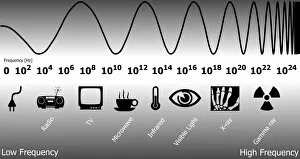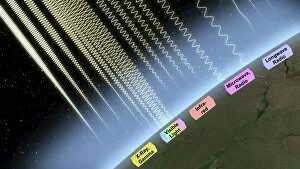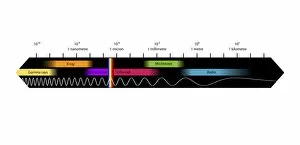Radio Waves Collection
"Unleashing the Invisible: The Legacy of Radio Waves" In the late 19th century
All Professionally Made to Order for Quick Shipping
"Unleashing the Invisible: The Legacy of Radio Waves" In the late 19th century, a brilliant mind named James Clerk Maxwell unraveled the mysteries of electromagnetic waves. Little did he know that his groundbreaking theories would pave the way for one of humanity's greatest inventions - radio waves. Fast forward to the early 20th century, and we find ourselves in awe of Guglielmo Marconi, an Italian physicist and inventor who harnessed these invisible forces to revolutionize communication. With his pioneering work in wireless telegraphy, Marconi became a household name and forever changed how we connect with each other. As we delve into history through captivating caricatures like Spy's depiction of Marconi, or witness transmitting valves at Marconi Station in Carnarvon during 1926, it becomes evident that they were more than just scientific concepts – they were tangible tools connecting nations and saving lives. Step inside an enchanting scene from 1915 - an interior view of a Marconi radio transmitting station. Here, amidst buzzing machinery and crackling energy, operators skillfully transmitted messages across vast distances. It was here that dreams took flight as Mr Punch thanked Marconi for wireless telegraphy which had become a lifeline for sailors braving treacherous seas. The impact extended far beyond Britain's shores; radiolocation technology stretched its reach worldwide to send back warnings and protect countless lives. Even Lord Dowding himself revisits the Battle of Britain Operations room where radio waves played a pivotal role in defending freedom against tyranny. Marconi's genius knew no bounds; whether captured by Leonard Raven-Hill in 1913 or immortalized through photographs from different eras such as c1909 or 1926 – his legacy remains indelible. His relentless pursuit pushed boundaries and transformed our world forever.

















